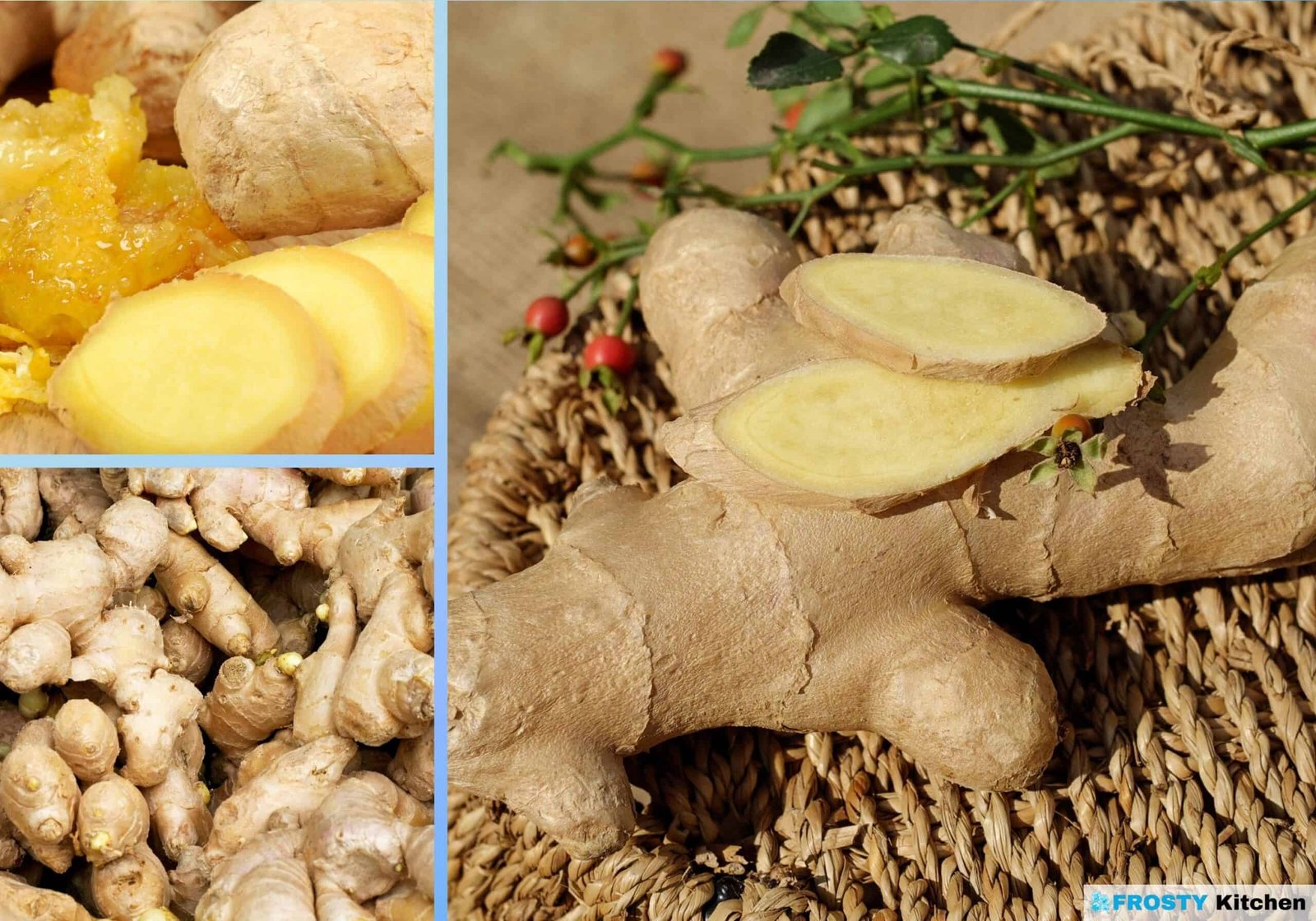Embarking on the journey to preserve the golden goodness of turmeric may seem like a daunting task. Yet, among the myriad of food preservation techniques, freezing emerges as a trusted ally. Fear not, for we have traversed through the icy realms of preservation, amassing a wealth of knowledge to aid you in freezing turmeric proficiently. Your adventure towards relishing the wholesome goodness of turmeric whenever you desire begins right here.
Turmeric, known for its vibrant golden hue and earthy, peppery flavor, is a staple in many culinary traditions, especially in Indian cuisine. Originating from India and Southeast Asia, it has been a cherished spice and medicinal herb for centuries due to its potent anti-inflammatory and antioxidant properties.
The exploration advances as you delve into this guide. You will unveil the fascinating history, nutritional treasure, and benefits of freezing turmeric, accompanied by a step-by-step guide on how to freeze it adeptly. So, fasten your seatbelt, and let’s embark on this color-rich expedition!
What is Turmeric?
Turmeric is a flowering plant of the ginger family, whose roots are used in cooking for their distinctive color and flavor. It’s also a revered ingredient in traditional medicine for its health-promoting properties.
Origin and History
- Turmeric has been utilized for over 4000 years, tracing back to the Vedic culture in India where it was used for culinary and medicinal purposes.
- Its popularity spread across Asia and eventually to the Western world, becoming a highly valued spice and a vital ingredient in various traditional cuisines.
Nutritional Value
- Turmeric is a nutritional gem, offering a rich source of curcumin, a bioactive compound known for its anti-inflammatory and antioxidant effects.
- The nutritional benefits of turmeric extend to supporting immune function, promoting digestive health, and potentially reducing the risk of chronic diseases.
Benefits of Freezing Turmeric
Freezing turmeric presents several advantages:
- Preservation of Curcumin Content: Freezing aids in preserving the potent curcumin content of turmeric.
- Extended Shelf Life: Freezing extends the shelf life, ensuring you have a steady supply of turmeric whenever needed.
- Ease of Use: Frozen turmeric can be used directly from the freezer in various recipes, offering convenience for culinary enthusiasts.

Preparing Turmeric for Freezing
- Packaging: Utilize airtight, freezer-safe containers or vacuum-sealed bags to protect turmeric from moisture and freezer burn.
- Portioning: Divide turmeric into usable portions to facilitate easy use post freezing.
Step-by-Step Guide to Freezing Turmeric
Preserving the potent curcumin content and the golden hue of turmeric through freezing is a simplistic yet effective method. The following methods elucidate the steps to freeze turmeric, ensuring their quality remains pristine.
Method 1: Freezing Whole Turmeric Roots
- Preparation: Ensure turmeric roots are clean and dry.
- Storage: Transfer turmeric roots into airtight containers.
- Freezing: Place the containers in the freezer, ensuring they lay flat for uniform freezing.
Method 2: Freezing Grated Turmeric
- Preparation: Peel and grate the turmeric.
- Storage: Spread the grated turmeric on a baking sheet and freeze until solid, then transfer to airtight containers or bags.
- Freezing: Place the containers or bags in the freezer.
Refreezing Turmeric
Refreezing turmeric is a topic that warrants careful consideration. Turmeric can lose its potent curcumin content and vibrant color if subjected to repeated freezing and thawing. The process of refreezing can lead to a loss of flavor and may also introduce harmful bacteria if not handled properly.
The process of refreezing can deteriorate the quality of turmeric significantly. Therefore, it is advisable to portion the turmeric adequately before the initial freezing, to avoid the need for refreezing.
Storage Duration and Factors Affecting it
- Duration: Frozen turmeric can be stored for up to 6 months to a year, depending on various factors. The freshness of turmeric at the time of freezing plays a crucial role in determining its storage life.
- Storage Containers: Using airtight containers or vacuum-sealed bags is paramount to prevent freezer burn and maintain the quality of turmeric. Glass containers with airtight lids or vacuum-sealed plastic bags are ideal choices for preserving the quality of frozen turmeric.
- Factors: Factors such as the initial freshness of turmeric, the method of freezing, and the consistency of the freezing temperature can significantly impact the storage duration.
Frequently Asked Questions
Q1: How can I use frozen turmeric?
- Frozen turmeric can be utilized directly from the freezer in various recipes without any need for thawing, adding a burst of color and flavor to your dishes.
Q2: Does turmeric lose its potency over time?
- Yes, like other spices, turmeric can lose its potency over time, especially when exposed to air, light, or moisture. However, freezing can significantly slow down this process and preserve its potency.
Q3: Can I grate turmeric before freezing it?
- Grating turmeric before freezing is a great idea if you plan to use it in recipes that call for grated turmeric. It also allows for quicker freezing and thawing.

